|
Dystopian science fiction is a genre I've long enjoyed and when I came to write The Waste, there were several novels that influenced and inspired me. Brave New World by Aldous Huxley Brave New World is often cited as one of the most influential and prophetical books of the twentieth century. Set in the far future, the World Controllers of the story have strived to create a perfect world. Every individual receives pre-natal / post-natal conditioning so as to accept his or her position in society, from the Alpha-Plus ruling class to the Epsilon-Minus Semi-Morons who are bred to perform menial tasks. This society is perfectly ordered, and this control is strengthened through the state-endorsed use of the drug soma, and other pleasurable distractions. In many senses, the people of the novel are controlled by their pleasure and distractions; when life is so good and so easy, why even think to challenge the status quo, what would be the purpose? This is not a tyranny of brutal physical oppression, enforced by military strength and prison camps, but a tyranny in which the citizens are imprisoned in a gilded-cage of amusement and ease. I found this a fascinating concept: that a dystopian could be so insidious, almost hiding in plain sight with a benevolent façade. Some of the thematic elements of Brave New World certainly influenced parts of The Waste. In the society shaped by the alien Seraphim, people are encouraged to focus only on their own needs and pleasures, with any concerns for wider society deemed odd, even suspicious – like the genetically bred humans of Brave New World, do they even notice they are living in a dystopian world, or if they did, would they care? The titular Waste of my novel, a vast open-air prison, was also in part influenced by the Savage Reservation visited by Bernard Marx and Lenina Crowne in Brave New World. Brave New World still impresses with its brilliant invention and wit, and as time passes, I’d argue Huxley’s novel simply becomes more and more relevant, and perhaps more and more troubling. Nineteen Eighty-Four by George Orwell To the best of my memory, Nineteen Eighty-Four was the first dystopian novel I read and it is a book that certainly leaves a deep impression and although I have re-read it several times, its impact is never lessened. Airstrip-One feels like a nightmare, a crucible of relentless pressure: the constant surveillance, the crushing conformity, the lingering danger of arrest and the sheer misery of the horrible food, the bitter cold and the dilapidated living conditions. And in this wretched world, mutilated by an endless three-sided war, anger and sexual frustration are channeled into hatred towards enemies of the state real and imaginary. The most memorable display of this is the Two Minute Hate, where the Party Members are whipped into a frenzy of loathing. Outside of the Party members, the rest of the population of Airstrip-One, known as the proles, are distracted from political involvement by mass entertainment, a dubious National Lottery and sport (and, where necessary, the iron fist of state security). And it is difficult to read Winston Smith’s diary entry about his visit to the cinema, as he describes a film in which ships full of refugees are bombed in the Mediterranean, and not consider our own society’s indifference, even hostility, as children and adult alike drown in the very same sea Orwell described. In The Waste, this influenced the character of Oswald Beckett who shows no sympathy to the desperate refugees for whom he is responsible, seeing them not as people but as data to be controlled as part of reaching budgetary targets and developing his blossoming career. Nineteen Eighty-Four is undoubtedly a book with profound comments on politics and society, it remains a story with a very human focus. We see Winston Smith’s suffering in everyday terms: the constant bombardment of propaganda, his blunt razors, the crumbling cigarettes, his coughing fits and varicose ulcers. The readers sees the misery and loneliness of an individual crushed and dehumanized by the tools of political terror. This approach influenced me when I wrote The Waste, and rather than take a broad view, I wanted to explore the society created by the alien Seraphim mainly through the lens of one ordinary person. Nineteen Eighty-Four has had a huge influence on me as a reader and a writer. Orwell’s novel continues to burn with fury is a warning to us all, a warning I believe will endure through the ages. Fahrenheit 451 by Ray Bradbury In the future society of Fahrenheit 451 all books are illegal and if any are discovered, they are burned, for books are considered disruptive, dangerous, a cause of unhappiness. Guy Montag is a ‘fireman’, whose job is to find books and destroy them. Within this world, books are no longer valued and instead people have moved to new and addictive forms of media, encapsulated by the ‘parlour walls’, screens that fill entire walls and interact with the viewers. This media is seen as a better fit for an increasingly rapid pace of life and shortened attention spans. Initially settled in his job and home life, Montag’s unease with this society grows as he feels increasingly uncomfortable with the mind-numbing ‘entertainment’, which addicts so many people, and he begins to doubt the wisdom of book burning, especially when he sees the lengths some custodians are willing to go to protect their books. Soon, Montag begins hiding books himself and the experience of reading starts to change him… These ideas certainly influenced parts of The Waste. For example, although in my novel, books are not banned as such, they are considered quaint, redundant even – they have simply been supplanted by easier, less demanding media. The alien Seraphim encourage humans to only consider the present, to ignore or forget the pain of the past; books, as stores of knowledge, ideas and experiences, play no part in this world view. Museums and art galleries likewise are considered irrelevant and so close down out of apathy rather than a direct decree – of course, the Seraphim are not above appropriating works of human art when so inclined and hoard their treasures out of public view. Other books: Although these three books influenced my writing of The Waste, there are several other dystopian novels that were significant touchstones too, such as The Handmaid’s Tale by Margaret Atwood, We by Yevgeny Zamyatin and Do Androids Dream of Electric Sheep? by Philip K. Dick, and I would definitely recommend these all as powerful, thought-provoking reads.
The Waste is out now, available in eBook and paperback, and free to read through Kindle Unlimited.
5 Comments
Landscape, and a sense of place, has always been important in my writing and my new science fiction dystopian novel The Waste is no exception. The novel moves through London, Gippeswic (an alternate version of Ipswich in Suffolk) to the Waste, which is a massive open-air prison covering a large swathe of south-western England. In this blog post, I will cover some of the real-world locations that helped inspire my novel. London Parts of the novel take place in (a much changed) City of London, with buildings such as the Shard, Saint Paul’s Cathedral, Saint Mary Woolnoth church and Liverpool Street Station appearing in thinly veiled forms. This is an area of London steeped in history, which I always find fascinating and enjoy walking around (especially when quieter at the weekends) and it formed an interesting backdrop to parts of the story. Within the novel, these flashes of history also contrast with the society the Seraphim are encouraging humans to build: a society focused only on the present, only on personal gain and pleasure. The inclusion of Saint Mary Woolnoth church is also a nod to The Wasteland by TS Eliot, which inspired some of the imagery in the novel. Avebury World Heritage site The area around Avebury in Wiltshire contains an extraordinary cluster of monuments dating to the Neolithic and Bronze Age, including the famous Avebury Stone circle, Silbury Hill and West Kennet Long Barrow. Having been fortunate enough to visit this area on a few occasions, it is difficult to put into words the atmosphere this landscape exudes. As you walk around the henge and stone circle at Avebury, or face the imposing mass of Silbury Hill, or walk up to the mysterious West Kennet Long Barrow, there is a sense of deep time, of landscape shaped by countless layers of human history. From the earliest stages of writing The Waste, Avebury and the surrounding area always formed a key location in the story. In the book, the henge and stone circle at Avebury appears as Havock, the chief settlement of the dreaded Mohock clan, while Silbury Hill emerges in grisly fashion as their chosen place for executions. West Kennet Long Barrow also has a fleeting but important appearance. One of the reasons Avebury interested me in the first place was the work of artist Paul Nash, who has long been one of my favourite artists. Nash had a profound sense of landscape, with a powerful emotional attachment to certain places such as Avebury and Dymchurch, places which possessed a quality he referred to as the genius loci. Although the Waste is a prison, and a dangerous and savage place, it is also less touched and polluted by the modern world – as well as being at times horrifying, I wanted the Waste to be a dreamlike landscape, rich with a sense of history and symbolism. I believe this quote from Paul Nash encapsulates the sense of what I was reaching for:
"The divisions we may hold between night and day - waking world and that of dream, reality and the other thing, do not hold. They are penetrable, they are porous, translucent, transparent; in a word they are not there." 'Dreams', undated typescript, Tate Archive The settings in The Waste are key elements in the novel, both challenging and revealing the characters, and although this is science fiction, they help achieve a sense of reality and history. The Waste is out now, available in eBook and paperback, and free to read through Kindle Unlimited. Image of St Paul's Cathedral by Raygee78 from Pixabay Although I wrote and published four novels before The Waste, my latest book dates back to my earliest attempts to start writing seriously. My first unfinished novel was a serious fiction story called Colony and was set in an alternate Earth occupied by an apparently benevolent alien race. Put simply, I didn’t have the skills or the experience to do the novel justice, so I abandoned the book and switched my efforts to writing for small press and indie SF / fantasy magazines for a couple of years before embarking on my first completed novel, the epic fantasy The Map of the Known World. And yet over the years, as a lover of science fiction and dystopian novels and films, the basic premise of Colony stayed with me. After completing my fourth novel, the historical fantasy This Sacred Isle, I returned to my SF story. The first thing that changed early in the writing was the title as Colony was the name of the (excellent) SF series starring Josh Holloway and Sarah Wayne Callies. My unfinished novel was also more of a police procedural but I moved away from that approach. However, one element that did remain was that of the aliens being, at least on the surface, benign, with their rule of Earth largely supported and unchallenged by humanity. Although my primary aim when writing any novel is to intrigue and entertain the reader, in The Waste I wanted to explore contemporary concerns and themes. So, for the setting of the book, I wanted a world with clear roots and parallels with our own. The Waste is set in an alternate version of modern Britain, for although this is a science fiction novel with aliens and spaceships, there is also homelessness, foodbanks, environmental damage, poor public housing, and the mistreatment of immigrants. For some, the new society created by the Seraphim is a paradise; for many others life remains a painful daily struggle. The world of The Waste is a dystopia, but a dystopia hiding in plain sight, where the quest for money, power and status is treasured above all else, where poverty is judged to be a symptom of personal weakness, where compassion for the suffering of others is seen as misguided, mawkish. In this world, all the functions of government, along with almost all commercial enterprises, are run by the vast, monolithic PAX company. The main character of The Waste is Percival Spare. By the metrics of his life – career, relationships, money – Spare believes he has utterly failed. He is lonely, unfulfilled and routine-trapped. In many ways, Spare’s journey as a character is not so much about taking risks – although that is certainly part of it – but about seeing, really seeing, the injustices of the world and realising he must do something, however small, however insignificant, to stand against these injustices. The Waste is a novel that went through many iterations, and although you can never be sure how a book will be received by readers, I was sure this was a book I wanted to write, felt compelled to write in some ways, and that provided ample motivation through the many years it took to reach the final version.
The Waste is published on 27 October - the eBook version is available for pre-order for just £0.99 / $0.99. The Prince in Waiting trilogy (aka Sword of the Spirits) is an epic post-apocalyptic fantasy series from John Christopher, the author of books such as The Tripods and The Death of Grass. In a future Britain shattered by the Disaster (the true nature of which is revealed during the story), society has reverted to a medieval form, with the machines of the past rejected and reviled as the causes of the Disaster – anyone unwise enough to meddle with ‘ancient’ technology is put to death. All spiritual matters are dictated by the monastic-like Seers, whose role it is to interpret the will of the ‘Spirits’; Christians exist but as a marginal, often hated minority. Following the Disaster, birth defects are more common, leading to strict castes in society, with ‘true men’. ‘dwarfs’, who are permitted to work as blacksmiths to forge weapons, and the lowest social group, ‘polymufs’, who are denied many freedoms and are assigned the most menial tasks and treated as slaves. The protagonist of the books (I hesitate to say hero) is Luke, who lives in the walled city of Winchester, a powerful, militaristic realm, which regularly goes to war with neighbouring settlements. Luke becomes the Prince in Waiting, heir to the ruler of Winchester, but more than this, the Seers have planned he will be the one to unite the warring cities.
But Luke is a flawed choice – for all his undoubted bravery and fighting skills, he is ambitious, stubborn and proud, demanding complete loyalty from his subjects, especially from his closest friends. The world of this story is a treacherous one, with allies swiftly turning into enemies, and although Luke’s courage and warlike nature leads him to victories, his desire to avenge any perceived slight, any hint of disloyalty, leads him down a dark path… Consisting of three books, The Prince in Waiting, Beyond the Burning Lands and The Sword of the Spirits, this is an epic series, which cleverly threads in mythology (there’s a witty use of the tale of Tristan and Isolde at a key moment in the story), religion and science into a post-apocalyptic world. Some of the other tribes and settlements Luke encounters on his various journeys are unsettling and sometimes plain bizarre. I found Christopher’s portrayal of a violent fractured society, with dangers around every corner, compelling and the story is taut and brisk, with new wonders, and new horrors, emerging with each chapter. If you’re a fan of post-apocalyptic science fiction / fantasy, then this is certainly a series you would enjoy – I wouldn’t rate it quite as highly as John Christopher’s incredible Tripods Trilogy (which I have written about previously in this blog) but it is a fascinating companion piece and a worthwhile read in its own right. If you’re interested in finding out more about John Christopher / Sam Youd, I strongly recommend visiting the Syle Press website, which is packed with information and resources about the author and his books. Greybeard is a science fiction novel by the British author Brian Aldiss, published in 1964. In 1981 humans and most mammals were rendered sterile by the ‘Accident’. By 2029, the youngest generation of humans are in their fifties, with no younger generations to follow. With civilisation collapsed, the remaining people eke out an existence in small, fearful communities, knowing humanity’s ultimate demise is close at hand. Greybeard (real name Algy Timberland) and his wife Martha abandon their crumbling settlement and set-off on a boat trip down the Thames, travelling through a landscape changed by the collapse of human civilisation and the resurgence of nature. Along the way Greybeard and Martha encounter other, strange communities, where the inhabitants often fall prey to profiteering hucksters and false prophets seeking to exploit the desperate need for hope in a fallen world. Foremost among such charlatans is the gloriously named Bunny Jingadangelow, who claims to possess the secrets of youth and immortality—when Greybeard and Martha encounter Jingadangelow later in the story, he has elevated himself as a religious figure, the Master, and through a mix of charm, deception and cunning, has gathered loyal followers who treat him like a god. As well as following Greybeard’s and Martha’s journey, flashbacks explore the effects of the self-inflicted ‘Accident’: the war, the descent into anarchy, the disease, the madness. The chapter where Greybeard and Martha encounter local tyrant Peter Croucher I found especially striking and darkly comic, as Croucher tries to enforce a brutal order after the national government in Britain disintegrates—Croucher is power-hungry, humourless and insecure, as witnessed by his fear of intellectuals and his mangled attempts to prove his own intelligence. The rise to power of such a figure in chaotic times is painfully plausible and carries a warning we should all heed.
This is a haunting and sombre book, with a memorable depiction of a slow, quiet but unstoppable human catastrophe. The world of Greybeard is richly described, with a continual and potent contrast between the vigour and fecundity of nature (as it covers over roads and buildings, reoccupying lands previously lost to humans) and the decrepitude of humanity. There is the sense that the rule of humans is but a brief interruption and that nature might in time erase all trace of our species. Despite the bleakness, there are tiny slivers of hope, with rumours and sightings of humanoid beings—for example, the talk of elves and gnomes hiding in the forests—suggesting there might be a future for humanity, albeit one very different from what came before. Exploring themes of aging, death, religion and power, Greybeard is a powerful and thought-provoking novel from a master of science fiction. Book review: Scarred for Life (Volumes One and Two) by Stephen Brotherstone and Dave Lawrence9/8/2022 There’s no doubt some of the popular culture in Britain during the 1970s and 1980s was, well, different; in fact, it was often dark and unnerving, with scary television programmes, frightening films and books, and frankly terrifying Public Information Films (I had few more unnerving viewing experiences in childhood than having to watch Apaches at Primary School)—it is this creepy, unsettling sense that it is captured and discussed perfectly by Volumes One and Two of Scarred for Life. Volume One covers a wide range of subjects: scary television, films, books, the paranormal, games and much, much more. A flavour of what’s discussed includes Doctor Who, Children of the Stones, Folk Horror, Watership Down, 2000AD and the Pan Books of Horror Stories. I could go into far more detail but it’s better to leave it to you to explore as a reader and discover the book’s treasures for yourself. Volume Two is focused on the darker side of 1980s television, and there’s plenty of ground to cover! A couple of personal favourites covered in detail include two excellent BBC adaptations of SF books: the bold (though sadly unfinished) adaptation of John Christopher’s The Tripods and the chilling version of John Wyndham’s The Day of the Triffids (the opening credits alone frightened me as a child!). Volume Two digs deep into topics such as children’s television (how did I not see Knights of God at the time? Sounds exactly like the sort of programme I would have loved then and now!), surreal drama, the impact of Channel 4 and yes, more terrifying Public Information films! As Volume One does with the 1970s, I found that Volume Two, as well as being a fantastic exploration of 1980s popular culture, also gives a vivid sense of what life in Britain was like then, both the good and the bad. Each volume of Scarred for Life goes deep into detail on the many subjects, but don’t think for a minute these are dry reads—the writing throughout is energetic, honest and often funny. Both books are mighty tomes, and as well as being great reads, the suggested viewing section that accompanies many of the chapters sent me off to YouTube to watch various clips and programmes. That writing these books was a labour of love by the authors and other contributors shines through on every page. For me, the first two volumes of Scarred for Life represent independent publishing at its very best; bold, informed and passionate. I can’t recommend both volumes of Scarred for Life enough, and look forward to the publication of volume three. If you want to get hold of Scarred for Life volumes one and two (and if possible, you certainly should), they are available from the links below:
Scarred for Life – Volume one Scarred for Life – Volume two It is also worth following the Scarred for Life account on twitter, both for some great content and for regular discount offers on both books. Happy reading and happy nightmares... “On my naming day when I come 12 I gone front spear and kilt a wyld board he parbly ben the las wyld pig on the Bundel Downs any how there hadnt ben none for a long time befor him nor I aint looking to see none agen.” Just from this quote – the opening words of the novel – you will see Riddley Walker is a book unlike any other. The novel is set hundreds of years in the future, long after a nuclear holocaust, with England reduced to effectively an Iron Age level of existence. When his father dies in an accident, young Riddley Walker inherits a shamanistic role among his people, and when he uncovers an attempt to recreate the weapons that once devastated civilization, he is forced to go on the run. Twelve years’ old, though perceptive beyond his tender years, Walker narrates his adventure in the fragmented, fractured Riddleyspeak, a language as broken as the society portrayed in the story. I found Riddleyspeak a challenge, especially in the early pages, but in time (and with the help of a glossary at the end of the book), I began to adapt to the rhythm and structure. You are forced to slow your reading, and if anything, I think the book would benefit from being read aloud.
The language reinforces the sense we are seeing Riddley’s post-apocalyptic world through his eyes, adding to the force and energy of his descriptions. Hoban’s invented language fizzes with clever word-play, and through this we see echoes of the past, and adds to the sense shared by Riddley and other characters in the story of the heights civilization once reached, and the bitterness and sense of shame that all was lost through human aggression and greedy misuse of their technological wonders. The language can, in places, be very funny, for example in the twisted Kent placenames (Do-it-over = Dover, Horny Boy = Herne Bay) and the scene where Goodparley and Riddley attempt to interpret The Legend of Saint Eustace (written as it is in modern English). Riddley’s adventurous journey allows Hoban to build a grim portrayal of this ruined England, from the mysterious Eusa folk, the ruined cathedral in Cambry (Canterbury), the wandering packs of wild dogs and the Eusa Show, performed by the ‘Pry Mincer’ and the ‘Wes Mincer’, who on their travelling puppet shows perform allegorical propaganda stories to the , communities. It is an uncompromising vision, and as bleak and well-conceived a dystopia as I have ever encountered. Infused with mythological, folkloric and religious symbolism, Riddley Walker is rich for endless interpretation; it is not an easy read, but it is worth the effort – Trubba not. I would also add the edition of Riddley Walker I read had an entertaining introduction by novelist Will Self, which provided some valuable insights and context. |
Archives
October 2023
Categories
All
|
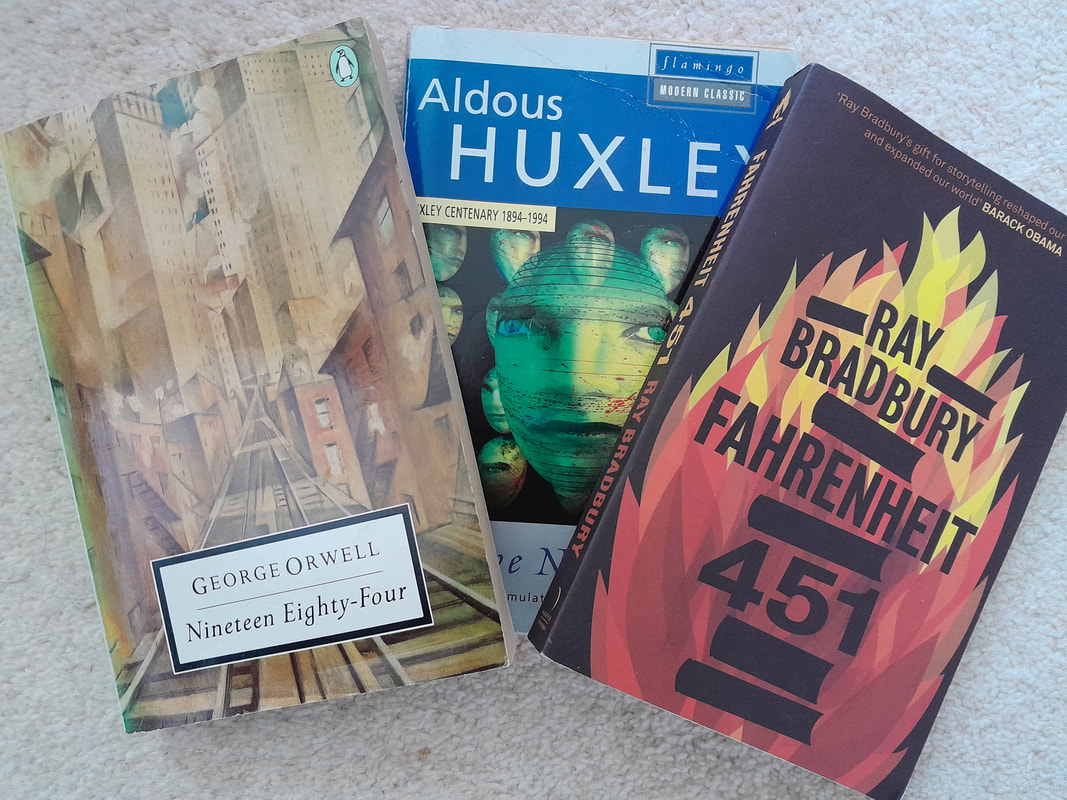
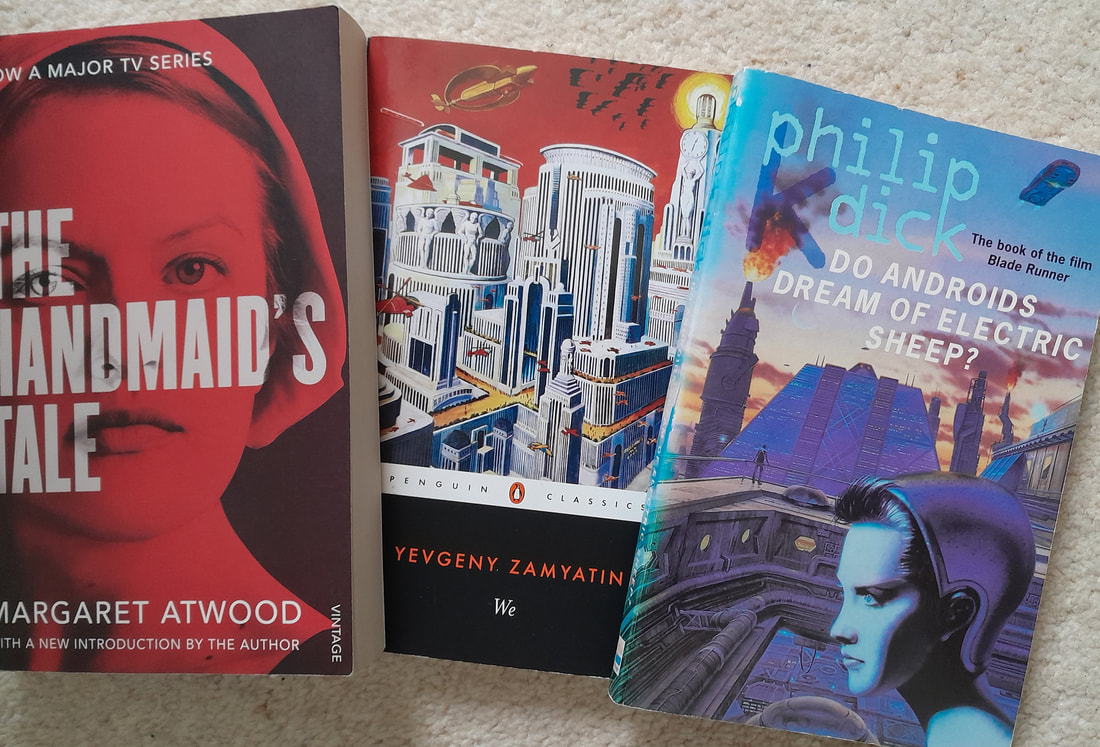
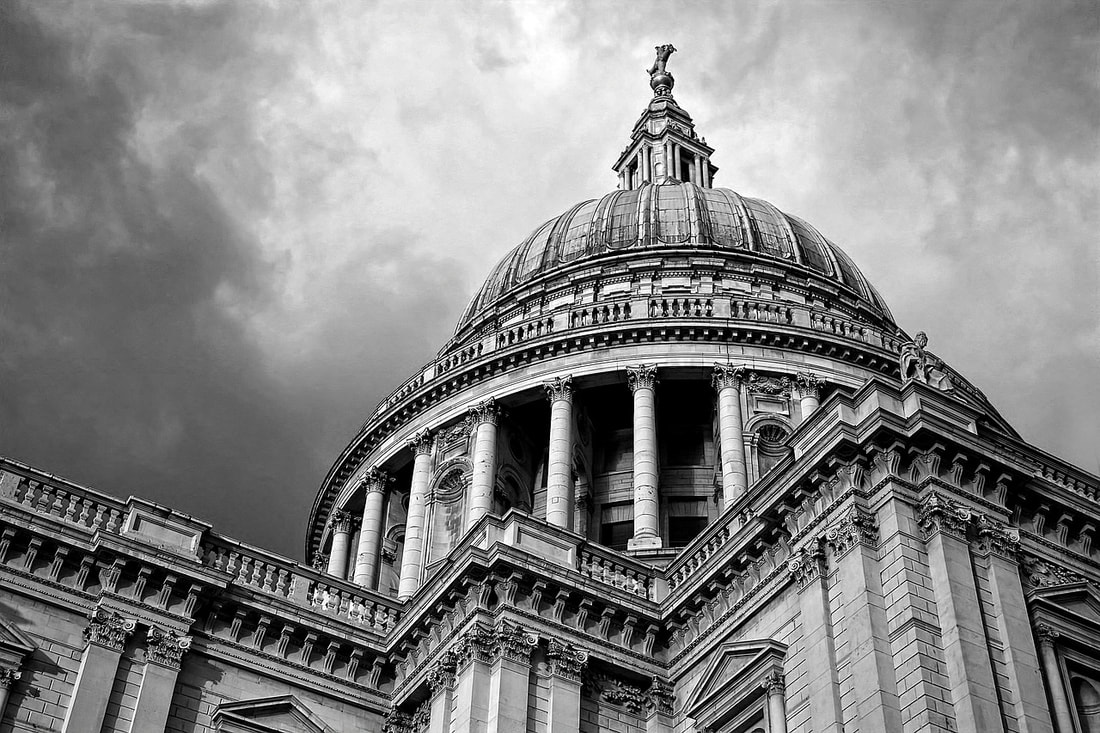
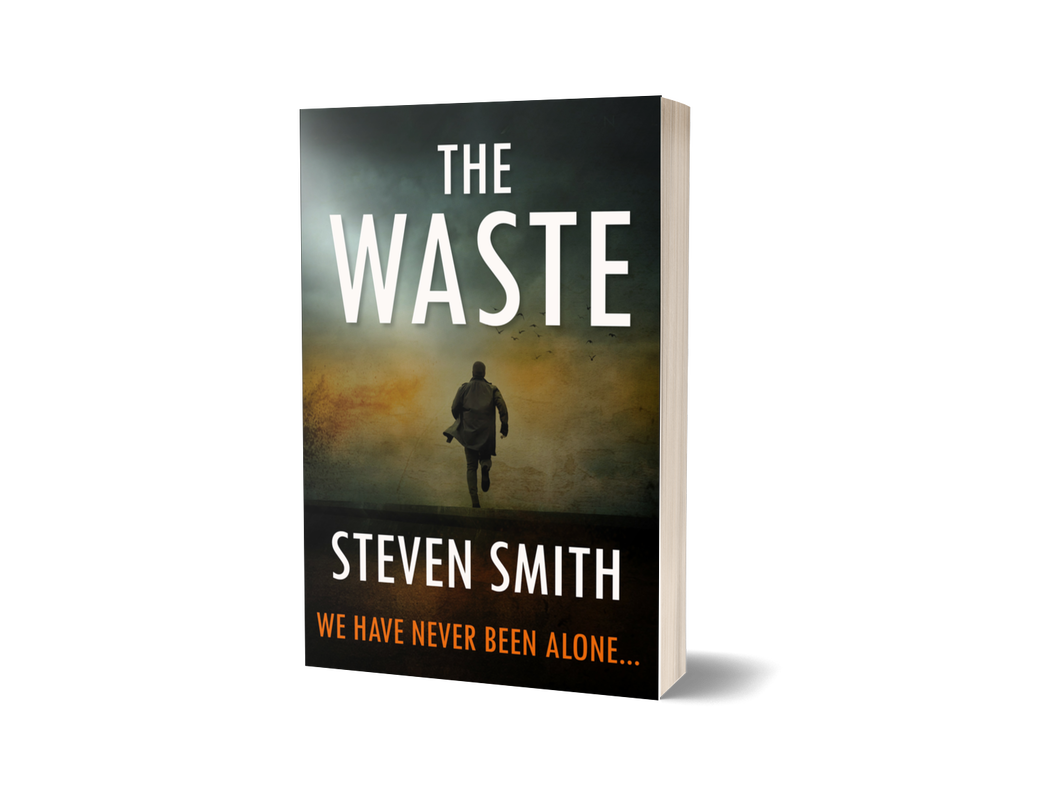
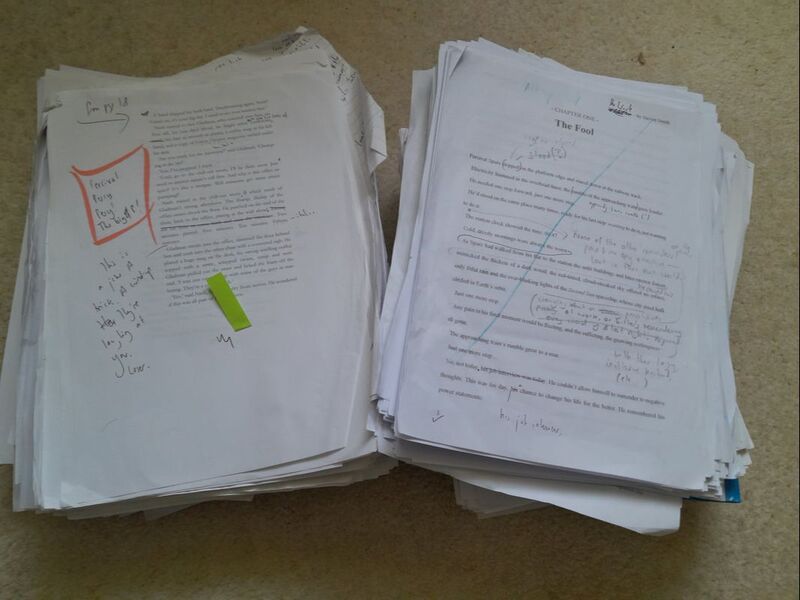
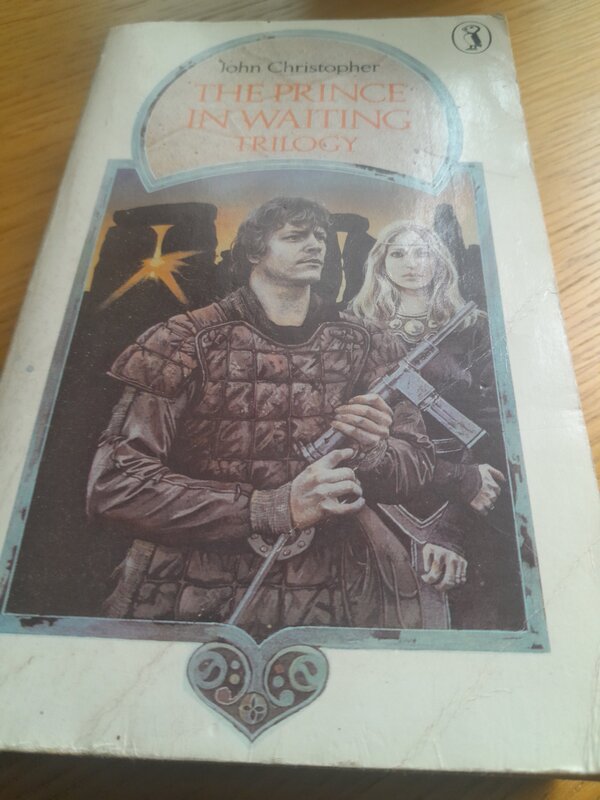
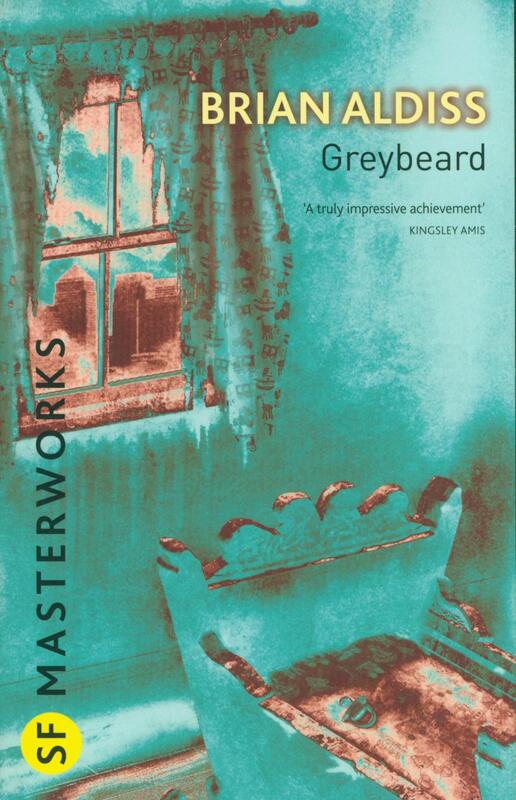
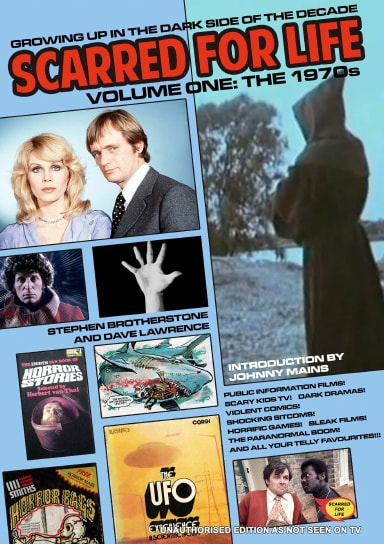
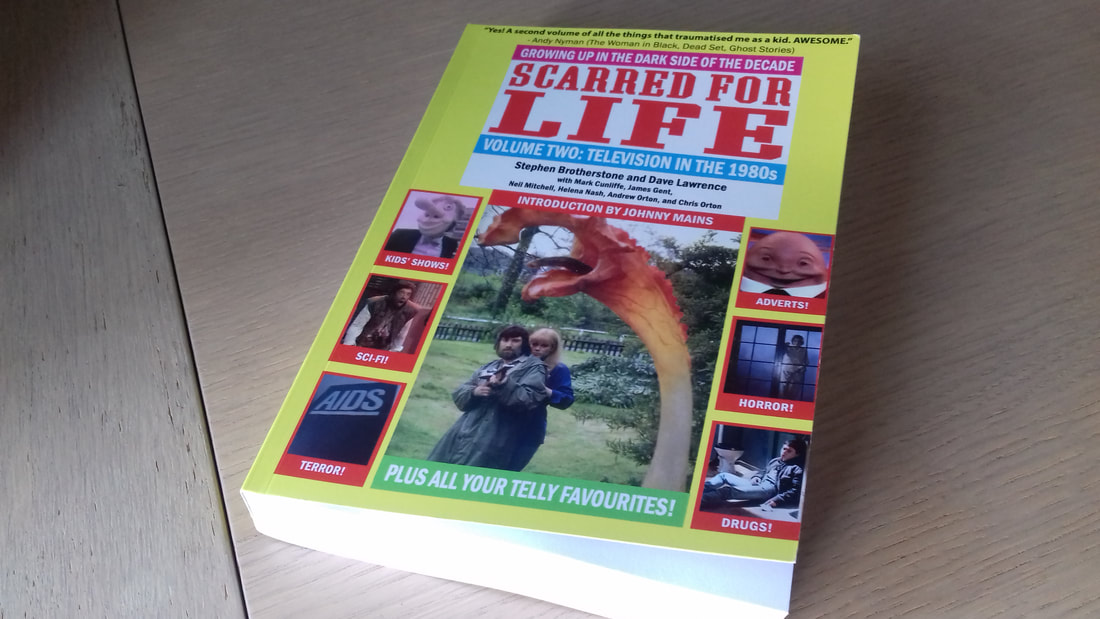
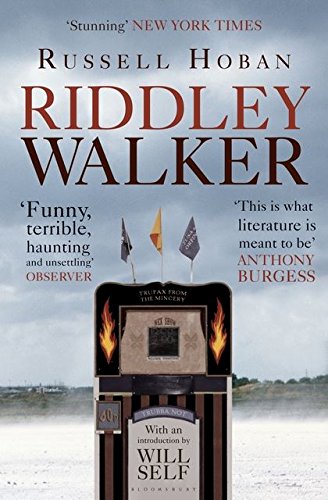
 RSS Feed
RSS Feed